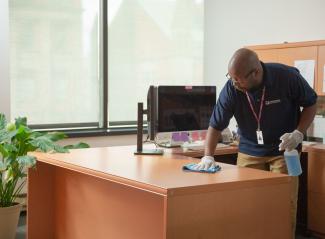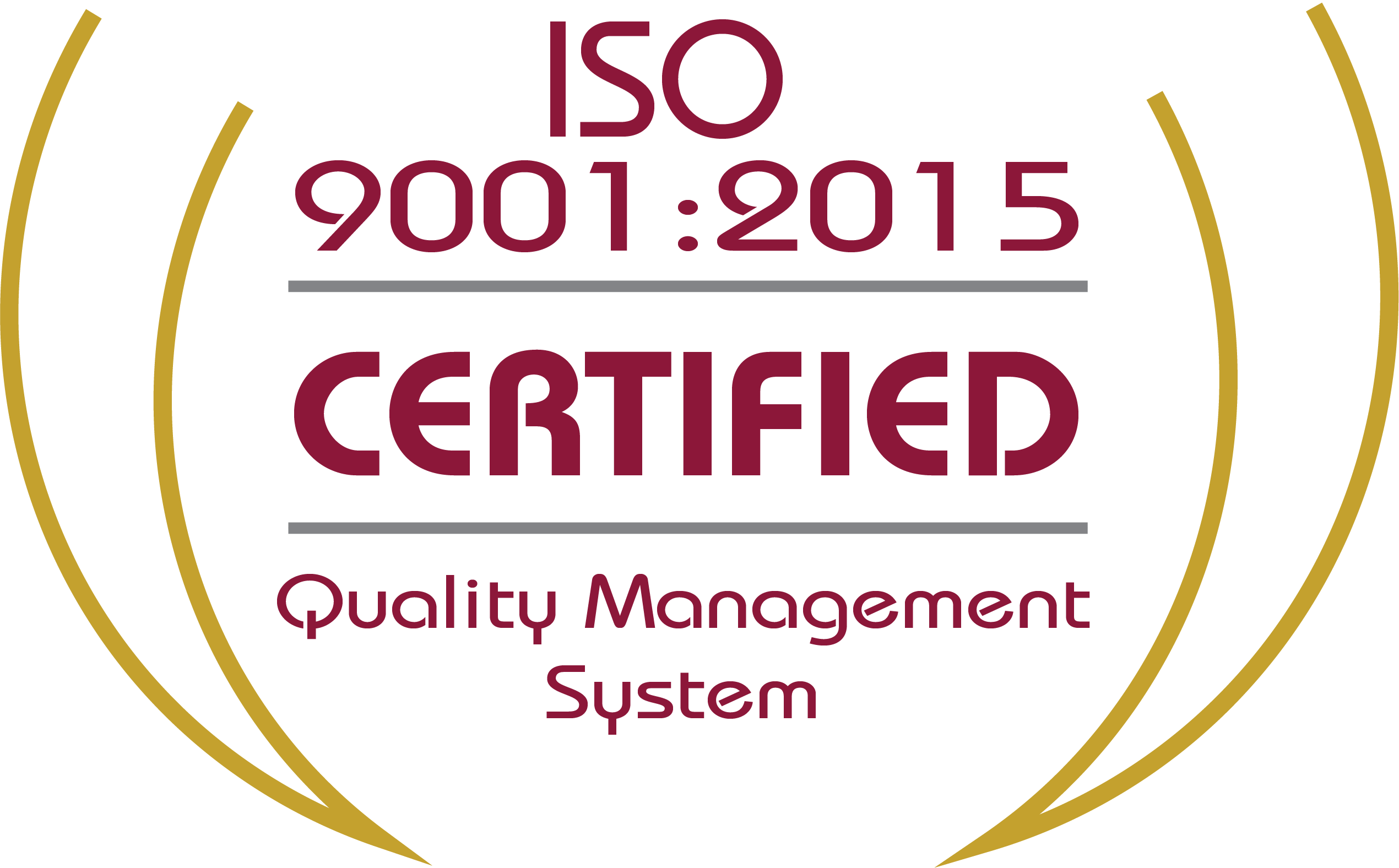Flu Season: What You Need to Know to Stay Safe

Many people think of flu season as just a winter affair, wrapping up around when Punxatawnee Phil tells us spring is coming. However, a typical season runs from October to March, and viral activity sometimes stretches as late as May. Proper planning, prevention, and preparation are key to maintaining a healthy and productive work space year-round.
There are four types of influenza virus which cause seasonal illnesses: A, B, C, and D. Only the first three cause illnesses in humans, while the fourth exclusively causes illness in animals.
- Influenza A viruses have many subtypes which circulate in humans. This type is the only one known to have caused pandemics.
- Influenza B viruses are classified into two lineages, both of which have appeared in humans since the 1980s.
- The Influenza C virus doesn’t appear as frequently as A or B, and the infections are much milder.
While most deaths from the flu are among people ages 65 or older, it can still cause damage in populations in crowded spaces, such as schools, nursing homes, and offices. Outbreaks and epidemics cause high student and worker absenteeism and productivity loss, which both schools and businesses want to avoid.
When an outbreak does happen, it can drain resources from the healthcare infrastructure (such as staff availability, protective equipment, or medication), making it harder to treat day-to-day medical emergencies. Compounded, these impacts can lead to hundreds of thousands of “life-years lost” annually.
Flu season usually peaks in February, when everyone in the Northeast US is still spending most of their time indoors. The close confines of an office or school with windows shut against the winter cold creates an environment in which the flu virus can easily spread from person to person. When an infected person coughs or sneezes, droplets containing the virus can spread through the air or land on surfaces within a one-meter radius. Another person can become infected if they breathe in those droplets or touch a contaminated surface and then touch their mouth, nose, or eyes.
The easiest and least-labor intensive way to stave off a flu infection is to get an annual flu shot. They are safe and available for anyone older than 6 months. But this is only the first step in ensuring a healthy work environment.
- Cover your mouth or nose with a tissue when coughing or sneezing, or catch it in your elbow (even if you are wearing a mask). This practice prevents droplets from spreading as far or covering surfaces which other people may touch.
- Wash both your hands and high-contact surfaces regularly. Keyboards, shared staplers, door handles, and coffee makers come in contact with most (if not all) people in the office, making them the perfect vehicle for germs if they aren’t cleaned.
- Work with your cleaning staff to identify common touchpoints and places where cleaning can be improved. They are likely to have insight into spots you may be missing.
- Get office cleaning supplies that can help combat illness during the day. Hand sanitizer, tissues, and other cleaning products can make a big difference. Check out our store here to see what you can use.
- Stay home when you are sick or, if you can’t, socially distance yourself from other people in the office.
As we discussed in our Twindemic and Winter Sickness blog posts, other seasonal illnesses, such as rhinovirus (the common cold), circulate at the same time as the flu. Each of these steps can help to mitigate those illnesses, too.
A healthy space to learn or work is a happier one. Make a plan to keep your space clean for health during flu season and all year round. Further information about influenza from the W.H.O. can be found here. If you would like to schedule a no-cost facility health assessment, please reach out to us through our contact form.



